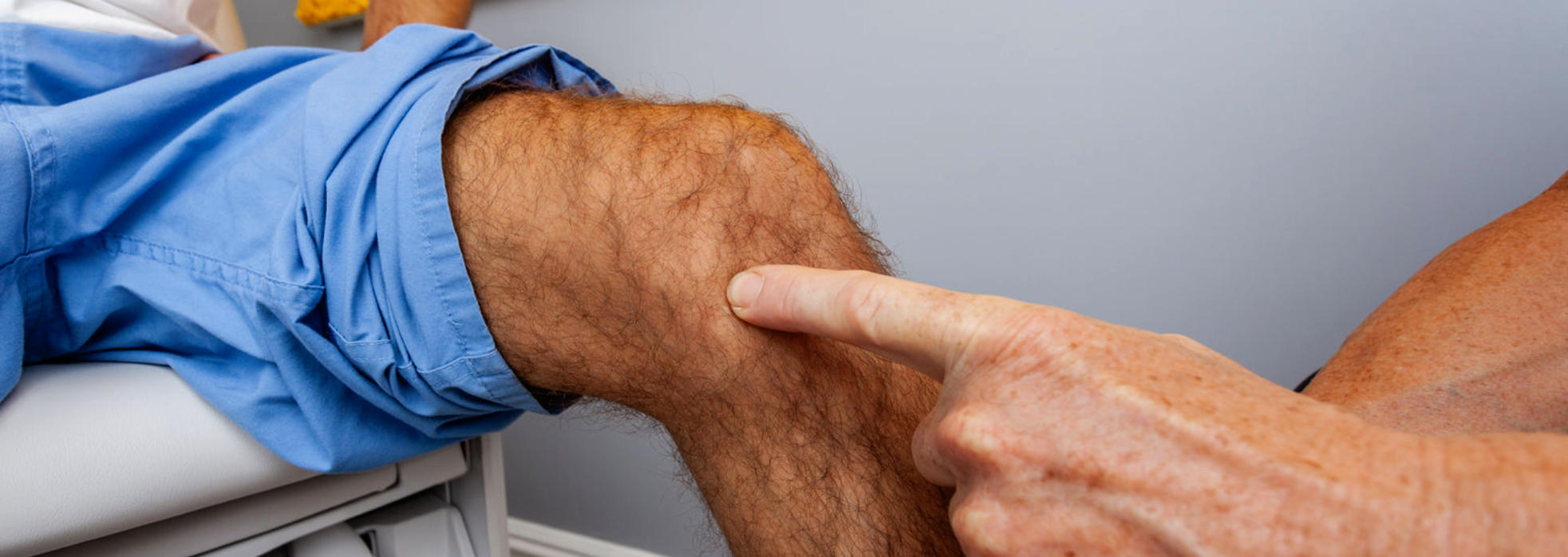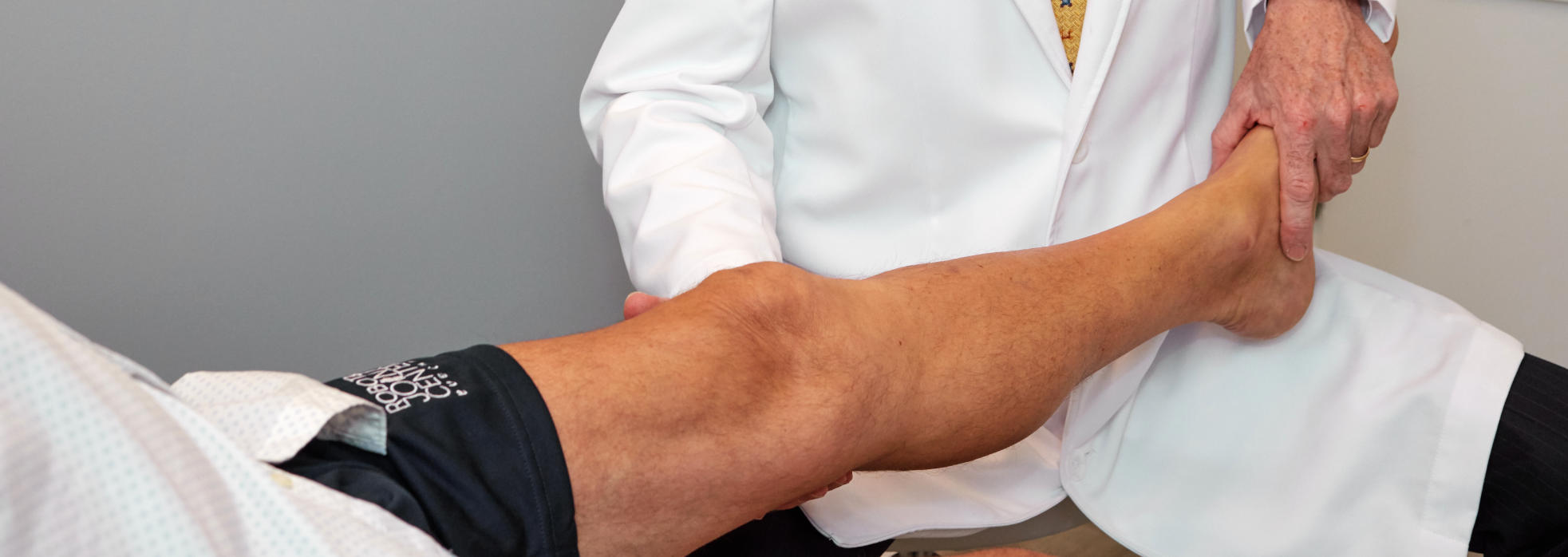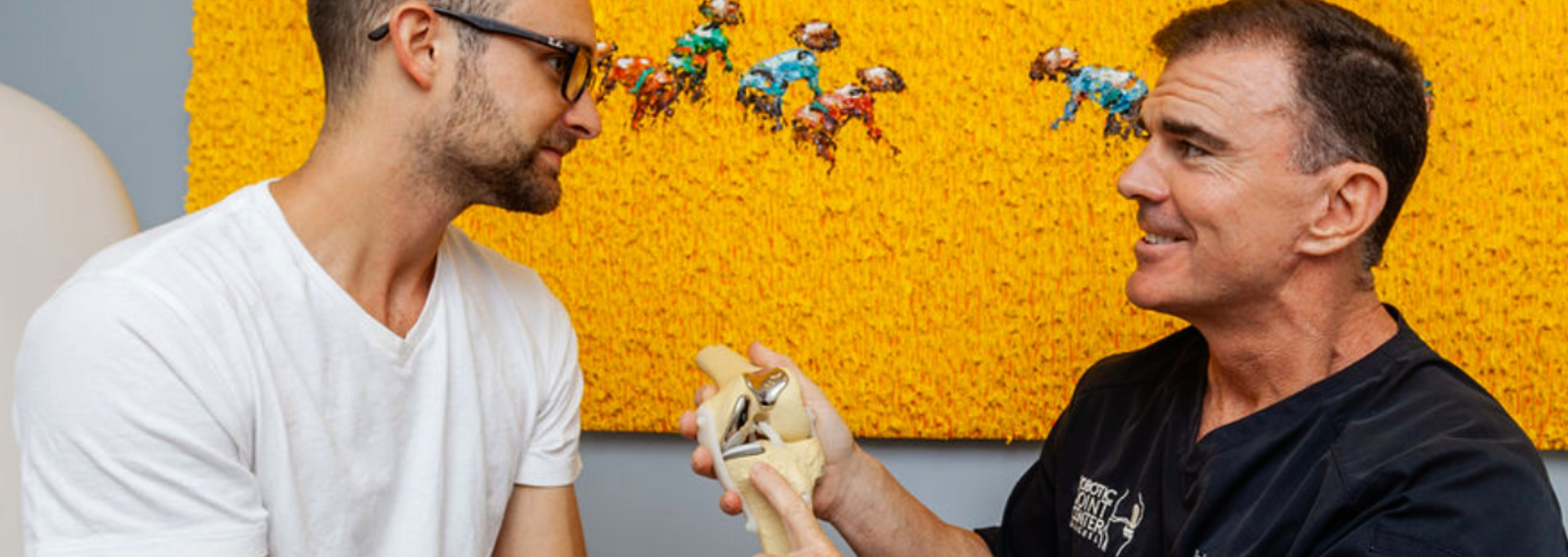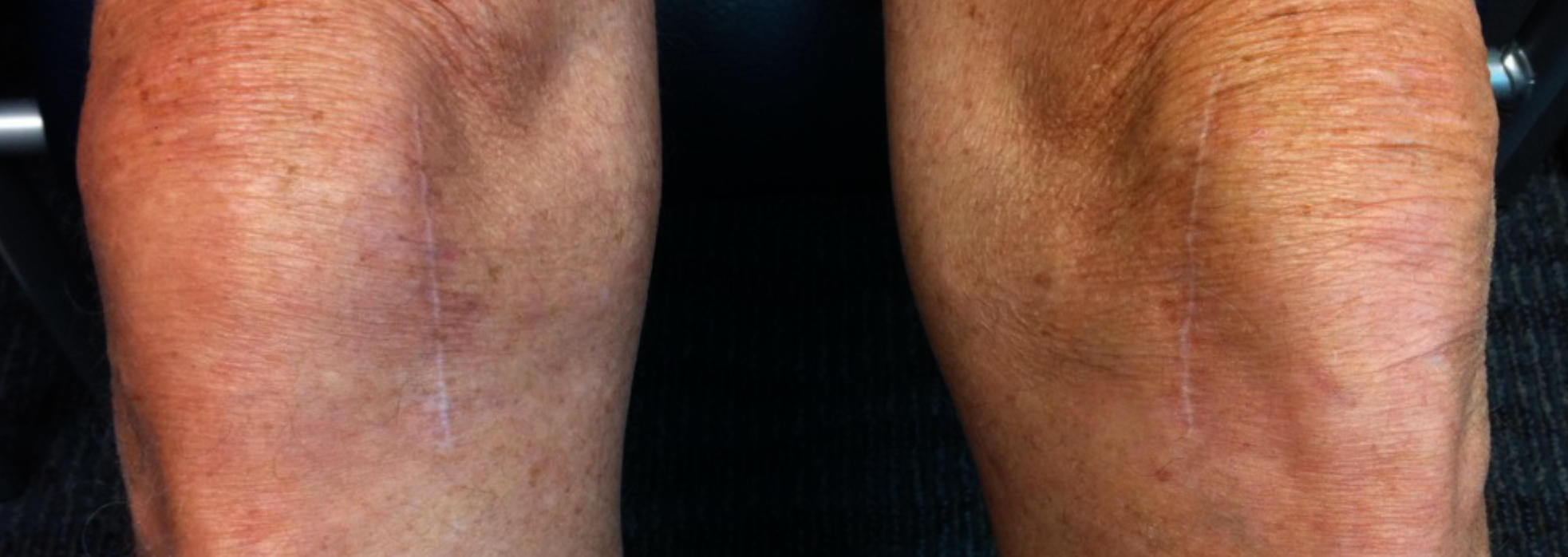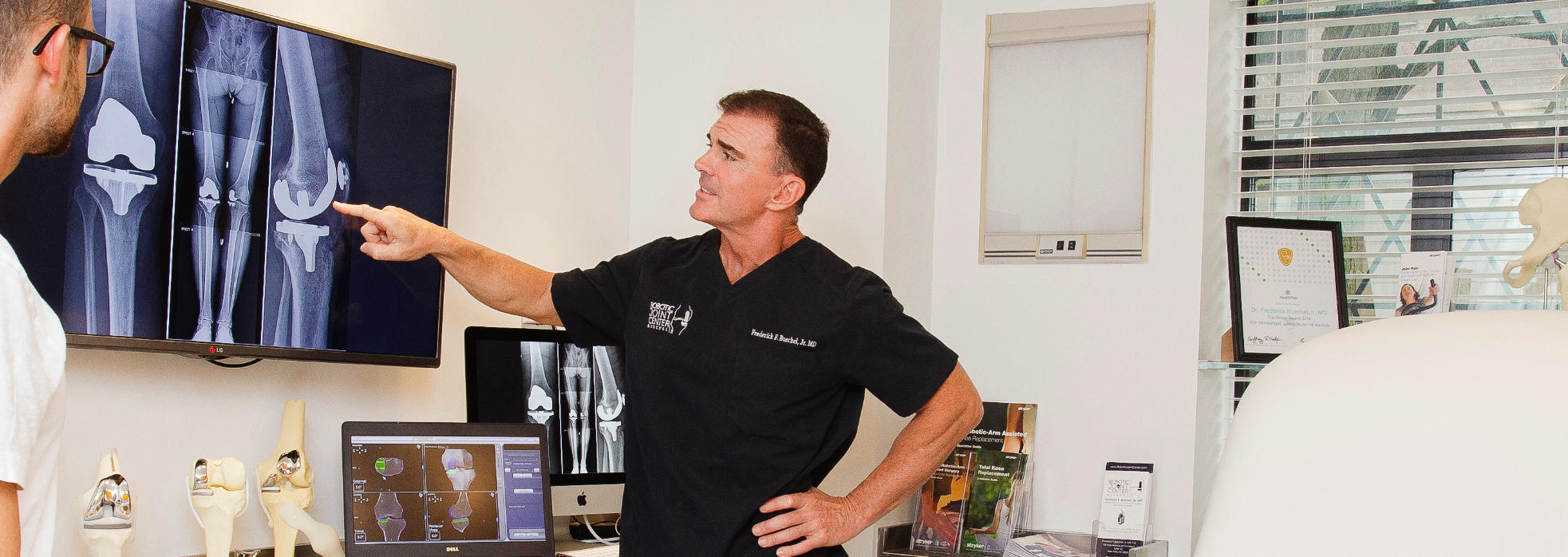How Do You Prepare For A Knee Arthroscopy?
Patients that are considering undergoing knee arthroscopy can do several things to prepare for their surgery. Some are required, others can optimize your outcome.
- You should prepare your home for your arrival after surgery making food available and removing any objects that could be tripping hazards.
- You should contact your insurance company to personally understand your benefits (each plan is different).
- If you are working, you should discuss your plans with work, get any paperwork ready they require, and prepare for your time off and return.
All patients should have a medical checkup by their family physician or medical doctor to clear you for surgery and provide medical recommendations.
If there are any special medical conditions you have, a specialist may be required to check you out and provide recommendations for your management before, and after your surgery. Specialists that might get involved in your surgery preparation could be:
- cardiologists if you have heart conditions
- nephrologists if you have kidney conditions
- hematologists if you have blood conditions
To optimize your health:
- Eat well
- Get enough protein
- Take appropriate vitamin supplements and discontinuing those that can increase bleeding prior to surgery
- Get appropriate sleep
- Exercise in preparation for your recovery and rehabilitation
- Perform daily quadriceps isometric exercises to prepare for after surgery
- Reduce alcohol intake (try to stop before surgery)
- Stop smoking (smoking increases complication)
Why Is A Knee Arthroscopy Performed?
A knee arthroscopy procedure treats many different knee conditions and issues. Here are a few of the most common reasons surgeons perform knee arthroscopy.
Torn Meniscus
A meniscus tear means that the fibro-cartilaginous bumper structure that protects the knee joints articular cartilage and acts as a shock absorber called the meniscus has a tear in it. Meniscus tears can occur in the medial or lateral meniscus, in the front, middle, or back portion of the meniscus. Click to learn more about torn meniscus.
Loose Bodies Removal
Sometimes pieces of cartilage can break free from the surface of the knee joint and become loose and grow, moving around as the knee bends. These loose bodies can cause sudden pain and reduce or block motion. These “loose bodies” can be removed from the knee joint arthroscopically.
Synovitis Debridement
When the lining of the knee joint (Synovium) is inflamed, the arthroscopic tools can be used to trim out and cauterize the hypertrophied inflamed tissue that causes pain and swelling. This inflamed scar tissue synovium can sometimes occur after joint replacement surgery and get pinched between the implants causing pain, and can easily be removed arthroscopically.
Articular Cartilage Flap Tear Debridement
Articular Cartilage Flap Tears that are causing pain, catching, locking, or loss of motion can also be trimmed back to a smooth edge using the same tools to trim a meniscus tear. These flaps can occur from an acute injury or from degenerative arthritis.
Microfracture for Osteochondral Defects
In cases where there is a loss of cartilage over an isolated area of the joint surface from an injury or degenerative condition, a technique to drill small channels into the bone to reach the blood supply can cause a healing reaction and bring cells to the surface to make a repair layer of cartilage on the bone. This is called micro-fracturing the bone with small tools called arthroscopic picks to cause such a healing response.
Discoid Lateral Meniscus Tear
A variant of the lateral meniscus is called a discoid lateral meniscus. This is a larger meniscus than normal with more meniscus tissue in the central portion of the structure. Sometimes there can be a tear of this enlarged meniscal tissue that is painful, which requires a partial lateral meniscectomy. This is a removal of the torn section of the lateral meniscus and sculpting of the remaining portion back to a smooth edge.
Lateral Release for Patellofemoral Mal-Tracking
Some patients have a condition where the knee cap (patella) is not staying in the center of the knee as it bends, and it tends to drift off to the side (laterally). In some cases, this causes pain and degeneration. In these cases, one option is to release (cut) the tissues on the lateral side of the knee cap arthroscopically from the inside with a cauterizing tool to allow the knee cap to track back in the center. This is called an arthroscopic lateral release.
Patella Clunk Syndrome (Scar Tissue)
In rare cases of total knee replacement, scar tissue develops that catches between the knee cap implant and the femur implant during knee bending that makes a clunking sound and catching feeling. During arthroscopic surgery, you can use a shaver and a cauterizing tool to remove the scar tissue and stop the catching, clunking and crunching that can be present.
ACL Tear Reconstruction
When the Anterior Cruciate ligament gets torn, this can be reconstructed during an arthroscopic procedure where a new ligamentous structure is installed in place of the old torn ligament.
What Can You Expect During A Knee Arthroscopy?
When performing an arthroscopy, the surgeon will insert the arthroscope into the knee joint through a small ¼ inch incision, and through a second incision small tools can be inserted to trim or fix the damage inside the knee.
Fluid is injected into the knee joint and irrigated out of the knee joint during the procedure to expand the joint so that the structures and cartilage can be seen clearly. The surgeon will examine the entire inside of the knee to find any damage and this can be photographed to show you later what was wrong.
During the procedure, torn cartilage can be repaired with sutures or trimmed, frayed or torn cartilage can be shaved down with special small shaving tools, debris can be removed with suction shavers and other tools can be used to seal the tissues. The arthroscope and tools are then removed, and the incisions are closed with stitches.
What Is The Followup And Recovery Like For A Knee Arthroscopy?
When your surgery is finished, you will wake up in the recovery room and you will have an Ace wrap on your knee and cold therapy over your incision sites. The following information is a general overview of what your recovery will be like.
- You will be discharged approximately one hour after your procedure when you are stable and have recovered from your anesthesia with the recovery room nurses.
- You will go home and should elevate your leg so that your ankle is higher than your knee, and your knee is higher than your hip to keep the swelling to a minimum.
- Put ice on your knee for 20 to 30 minutes 3 to 4 times per day to reduce swelling and pain. You may do this for several weeks to help the symptoms.
- Use crutches or a cane for 1 to 2 days, or until you can walk nearly normally. If the cartilage is repaired and not trimmed, your physician may want you to use crutches longer, and to not put weight on your leg.
- Take it easy for at least the next 2 to 3 days to allow the small vessels to seal and minimize the initial swelling into the knee joint. Do not overdo it when you get home because you feel no pain from the anesthesia that is still working. If you do, your knee will swell more and hurt more over the next few days.
- Do not take part in any strenuous activities until your doctor feels that you are ready.
- Return to light duty work can occur in a few days to a couple weeks.
- The small incisions can remain tender after surgery for several months preventing one from kneeling or putting pressure on these areas. This will eventually subside over time.
- Bending your knee is allowed but do not force the motion until the swelling has resolved.
- You may shower with the clear dressing on from the hospital. Remove and replace Ace wrap before and after showering for 48-72 hours to apply gentle compression and reduce swelling.
- Do not tighten the wrap excessively, or the lower leg will swell from constricting the return blood flow from the foot.
- Follow-up with your surgeon in the office in 6-10 days or as instructed.
- Physical therapy can be beneficial for some but each type of arthroscopic procedure has different therapy requirements that your surgeon will recommend to your therapist(s).
What Are The Potential Risks For A Knee Arthroscopy?
There are risks for every surgery but some key risks with a knee arthroscopy include:
- Meniscus tissue can re-tear in the future
- Infection to the skin, muscles or incision area
- Moderate bleeding into the knee joint after surgery from the tiny vessels that can cause significant swelling, reduced motion, and causing increased pain.
- Blood vessels and nerves around the knee may be injured, causing numbness, or weakness in the leg below the knee.
- Deep vein thrombosis, a condition in which a blood clot forms within a deep vein from having surgery on a lower extremity can occur, but this chance is significantly reduced because Dr. Buechel does not use a tourniquet during the surgery.
- Pain can continue or even worsen after even a perfect arthroscopic surgery in some cases, requiring further intervention or more involved surgical treatments.
Contact Robotic Joint Center to schedule a consultation with our specialist, Dr. Buechel.
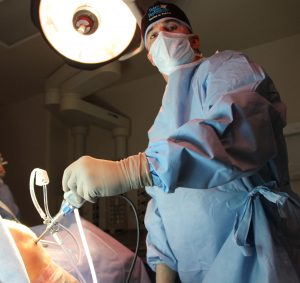 Knee arthroscopy is a surgical procedure that places a small joint camera (an arthroscope) and small tools and devices (arthroscopic shavers, burrs, punches, knives, scissors, sutures, sutures with bone anchors) into the knee joint using very small incisions, to look into all three knee compartments and treat injuries or remove tissues inside the knee.
Knee arthroscopy is a surgical procedure that places a small joint camera (an arthroscope) and small tools and devices (arthroscopic shavers, burrs, punches, knives, scissors, sutures, sutures with bone anchors) into the knee joint using very small incisions, to look into all three knee compartments and treat injuries or remove tissues inside the knee.
